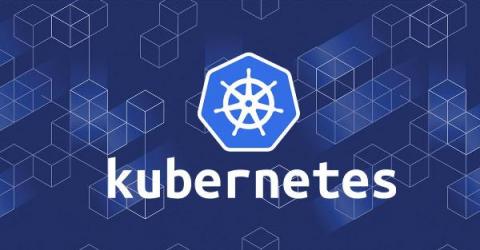What Security Leaders Should Consider When Building a Business Case for Integrity Monitoring
We all know there are a number of different security devices that need to be continually monitored because they represent attack vectors. That’s why understanding configuration management is critical to security hygiene. As practitioners, we need to adhere to CIS controls as they provide a critical baseline for maintaining our security framework and keeping up our integrity monitoring processes.








